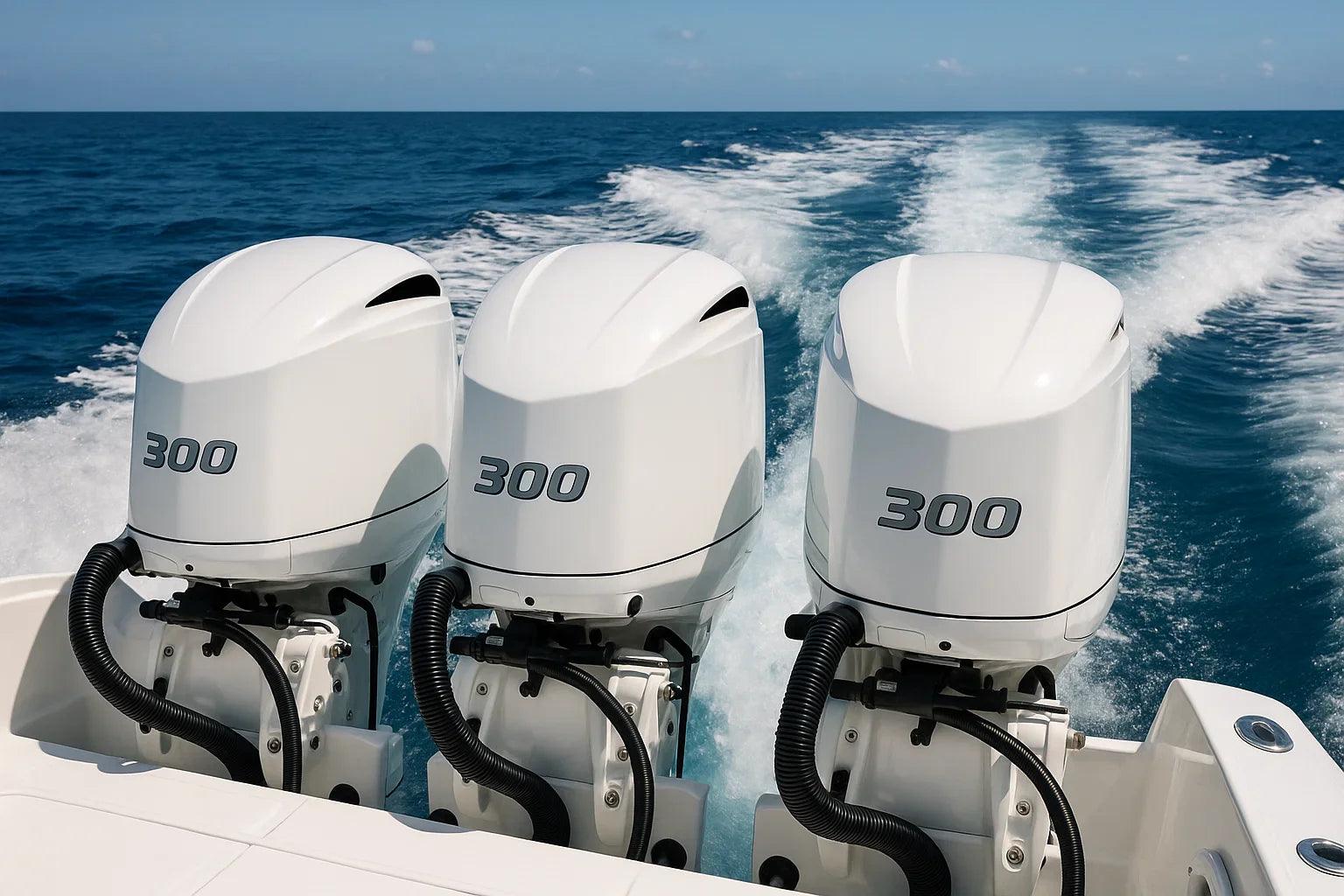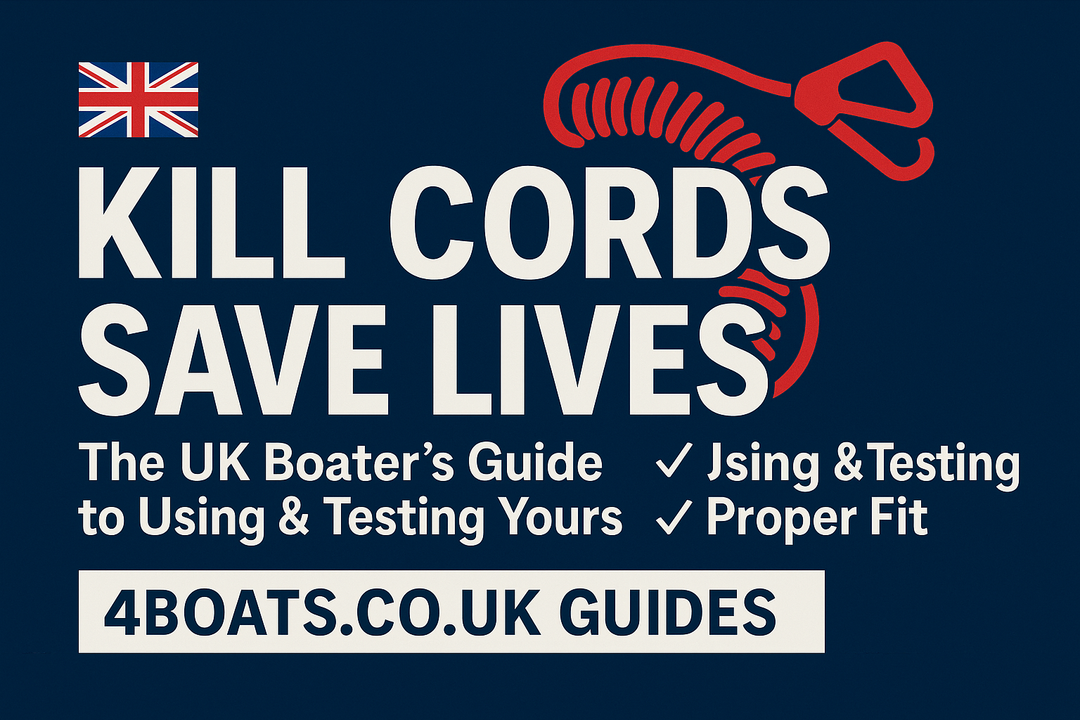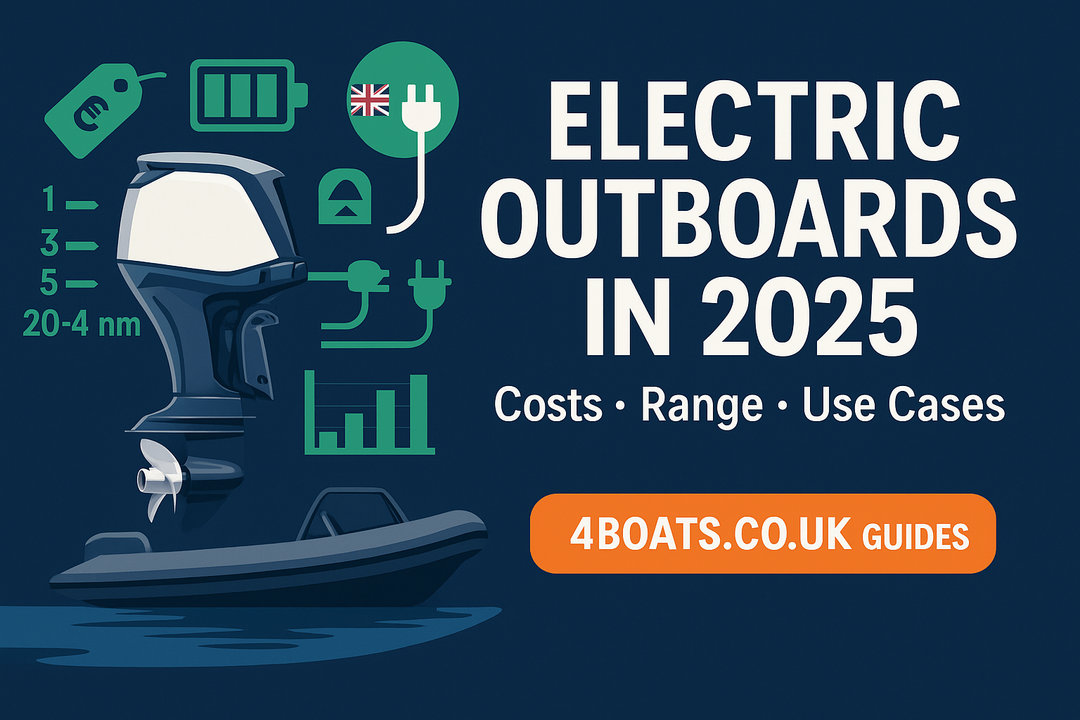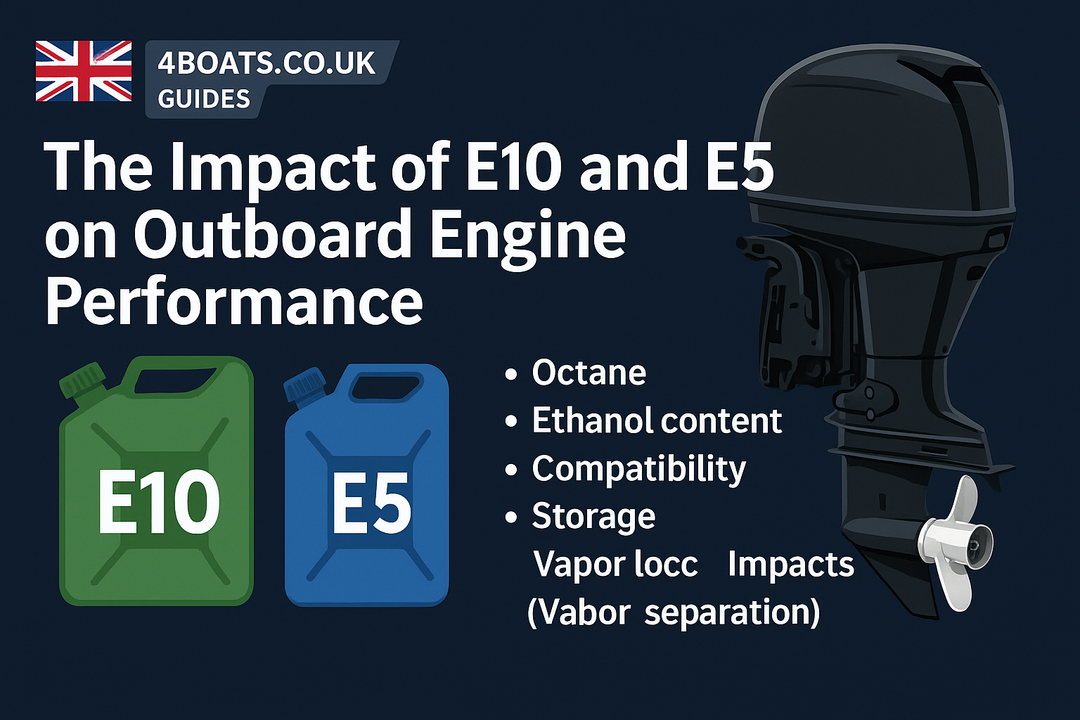The Impact of E10 and E5 on Outboard Engine Performance
As a UK boat owner, understanding the differences between E10 and E5 fuels is crucial for maintaining your outboard engine's performance. With the recent shift towards E10 fuel, which contains up to 10% ethanol, it’s essential to know how these fuels can affect your engine and what steps you can take to ensure optimal performance.
What Are E10 and E5 Fuels?
E5 fuel contains up to 5% ethanol, while E10 contains up to 10%. Ethanol is a renewable fuel made from plant materials, and its inclusion in petrol is intended to reduce carbon emissions. However, this change can impact your engine in various ways.
Effects on Outboard Engine Performance
Here are some key impacts of E10 and E5 on outboard engines:
- Corrosion: Ethanol can attract moisture, leading to corrosion in fuel systems, especially in older engines not designed for higher ethanol content.
- Fuel Stability: E10 has a shorter shelf life compared to E5, which can lead to fuel degradation and engine starting issues if the fuel is stored for long periods.
- Power Loss: Some users report a slight decrease in performance with E10 due to its lower energy content compared to E5.
- Compatibility: Most modern outboard engines are designed to handle E10, but older models may require modifications or special care.
Practical Tips for Boat Owners
To mitigate potential issues with E10 fuel, consider the following tips:
Checklist for Managing E10 Fuel
| Action | Description |
|---|---|
| Check Compatibility | Refer to your engine manual to confirm if your outboard is E10 compatible. |
| Use Fuel Stabiliser | Add a fuel stabiliser to prolong the life of E10 fuel, especially if storing your boat for winter. |
| Regular Maintenance | Inspect fuel lines and filters regularly for signs of wear or corrosion. |
| Fuel Quality | Purchase fuel from reputable suppliers to ensure quality and reduce contamination risks. |
Key Takeaways
- E10 fuel contains 10% ethanol, while E5 contains 5%.
- Higher ethanol content can lead to corrosion and fuel stability issues.
- Most modern outboard engines are compatible with E10, but check your manual.
- Using a fuel stabiliser and regular maintenance can help mitigate risks.
FAQ
1. Can I use E10 fuel in my older outboard engine?
It depends on the engine model. Check your manufacturer’s guidelines; some older engines may not be compatible with E10.
2. What are the signs of fuel degradation?
Signs include difficulty starting, rough idling, or a decrease in power. If you notice these, consider replacing the fuel.
3. How can I improve fuel stability?
Using a fuel stabiliser and keeping your fuel tank full can help reduce moisture accumulation.
Sources & further reading
- Royal Yachting Association (RYA)
- GOV.UK - Department for Transport
- Marine and Coastguard Agency (MCA)
- Royal National Lifeboat Institution (RNLI)
Need UK-ready kit? Explore lifejackets, navigation, and safety equipment at 4Boats.





